In this interview, we explore the captivating world of visual contemporary artist Arthur Bray, co-founder of the renowned pan-Asia music collective Yeti Out, Arthur has left an indelible mark on the underground music scene across the globe. From his humble beginnings promoting parties in East London to headlining festivals like Coachella and Wonderfruit, Arthur’s journey has been a testament to his passion for music and culture.
Through Silk Road Sounds, the record label he spearheads under Yeti Out, Arthur bridges the gap between electronica, post-punk, and experimental dance music, shaping the creative landscape of cities that never sleep. Join us as we delve into Arthur Yeti’s artistic process, influences, and the vibrant tapestry of sounds that define his unique style.
Rom Levy: Arthur, thanks for joining us today. Could you start by describing your early music influences and how they have evolved since moving from Hong Kong to the UK for university?
Arthur Bray (Yeti Out): Yeah, absolutely, Rom. Growing up as a multicultural kid, half English, half Chinese, a big part of who I am and my approach is rooted in the fringes of culture, at the borders, you know? My music influences range from Tibetan rap music to UK grime and garage, or UK rap. It’s all dynamic and follows a curious approach!
You’ve played across various venues in the UK. How do you feel the diverse club scene there has shaped your approach to music and the scene?
Every city has a different scene, but it’s always about discovery. London sets the bar high in terms of musical experience and club culture. We’ve talked about this before, but the dive bars and small intimate places like Cakeshop in Seoul or Music Bar Lion in Tokyo are just as impactful as the big rooms and festivals. Playing at Coachella in 2019 was a whole different experience compared to the after party for Louis Vuitton pre-fall 2014 when Pharrell was there. Every party and music event is unique so it’s about reading the room and making sure your USB is ready.
Alongside your twin brother Tom, you developed your career. How does working closely with a sibling influence your creative process and performance style?
Working with a sibling means everything is straightforward —no sugarcoating, so decisions are quick. We’re quite transient with most of our projects, so a lot of times decisions are made across time zones and when we’re in different places. Right now, Tom’s in Vietnam doing a gig, and I’m in Art Basel Hong Kong. We’re like passing ships but constantly in sync, driving things forward. There’s no rulebook, but it works because it just does.
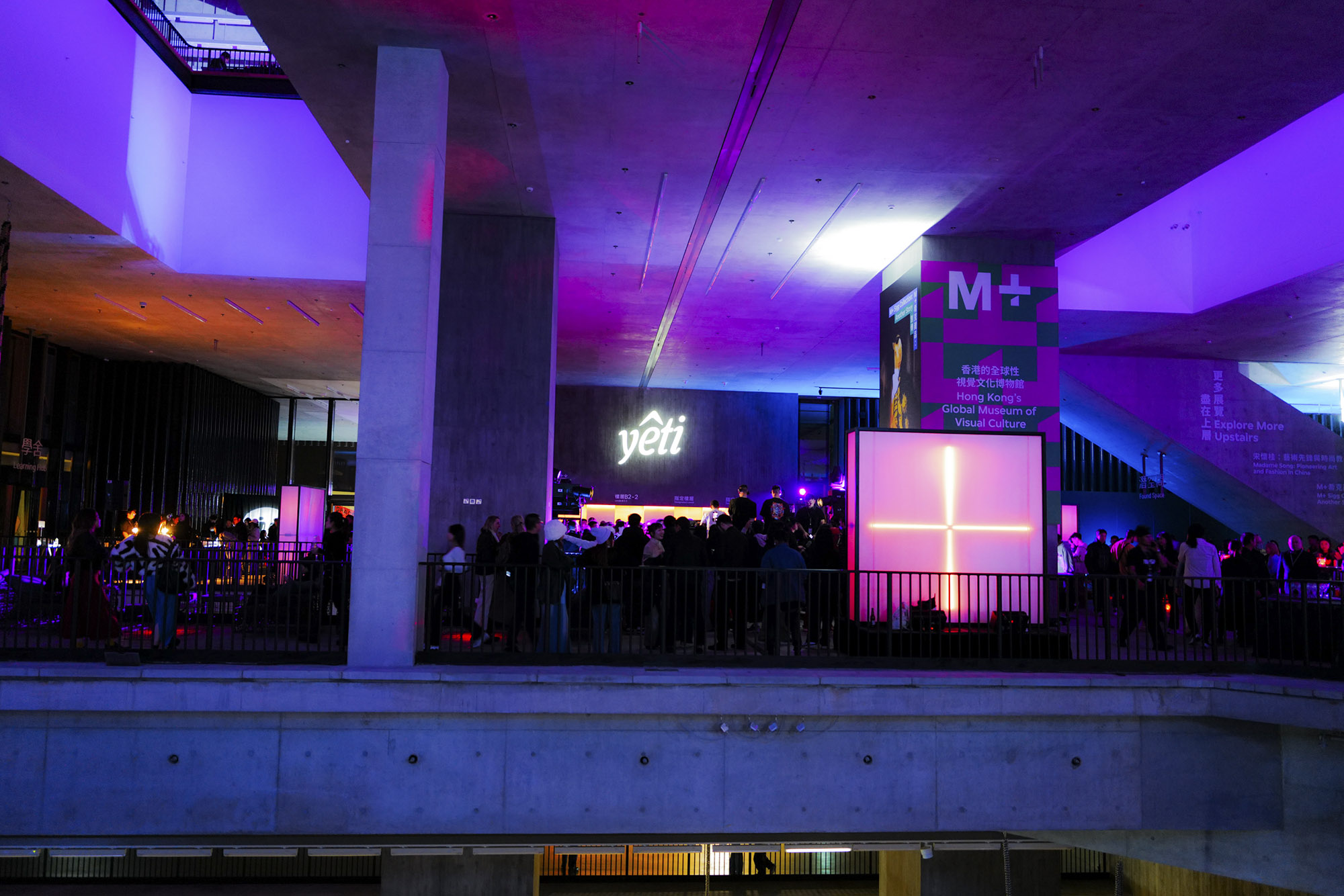
Your digital name “Yeti” comes from a unique story involving a college roommate. Can you share more about this?
You’ve really done your homework, Rom! Yeah, my college roommate was a bit of a character, he was mythical, a little crazy but a lot of fun. We started throwing parties at university and then started a blog called Yeti in the Basement. After that, we started doing parties with Yeti Out. We were inspired by the idea of freedom and no rules. Everyone has a Yeti inside them; you just gotta let it out.
In one of your quotes, you mention the balance of playing known and unknown tracks. How do you curate your music selection to maintain this balance, and what impact do you think it has on your audience?
It’s all about keeping the dance floor entertained and allowing for discovery. A DJ friend from Bali once said, ” The bigger the club, the more you have to keep in mind a wide range of listeners, so you play two tracks that the dancefloor might like, and one for yourself. If it’s a more intimate club, then you play two for yourself, one for them.” But I guess there’s no rules, overtime it’s like collecting research from social studies. The more gigs I play, the more I learn about different audiences. It’s an ongoing learning journey.
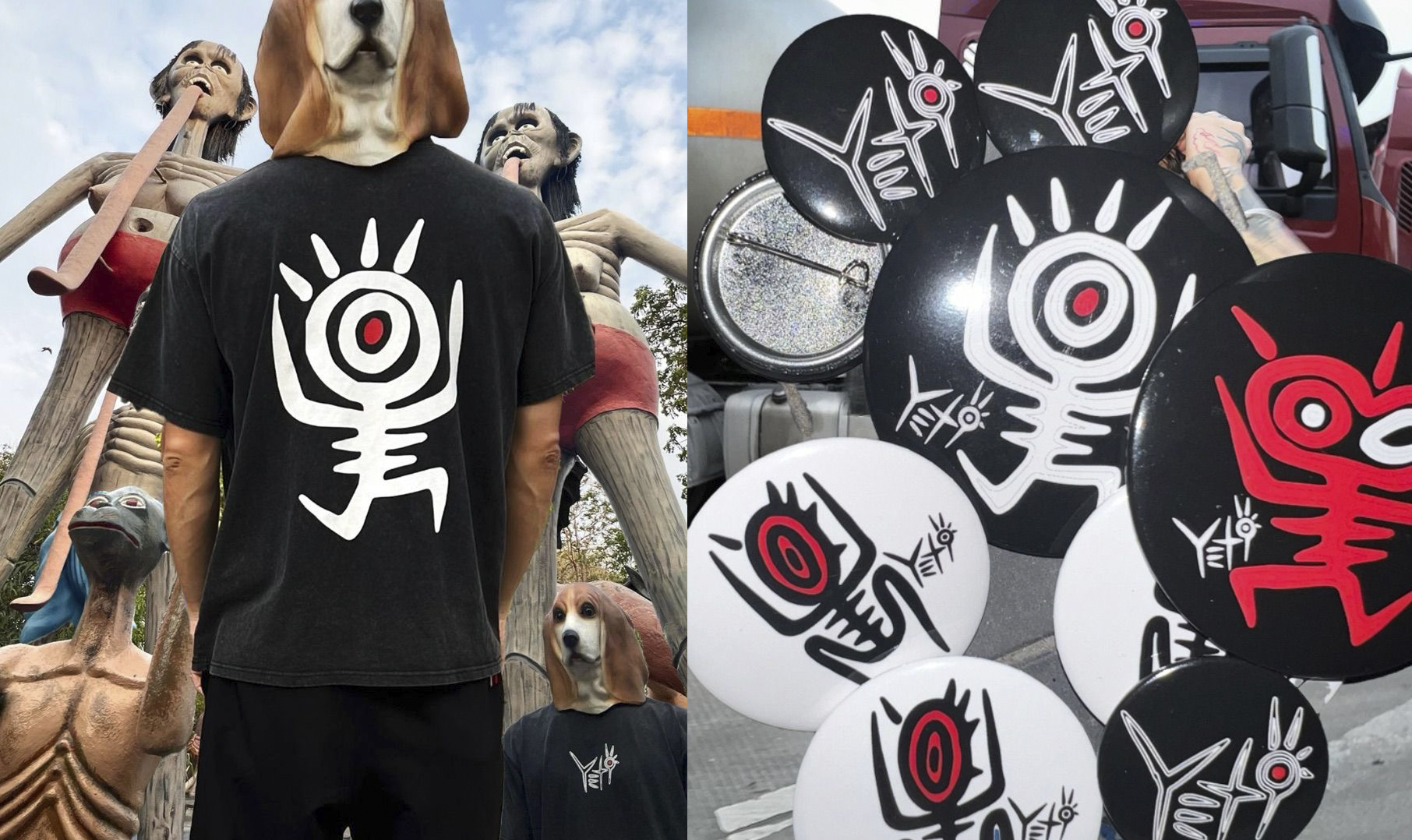
Recently launched Yeti x Lousy collaboration
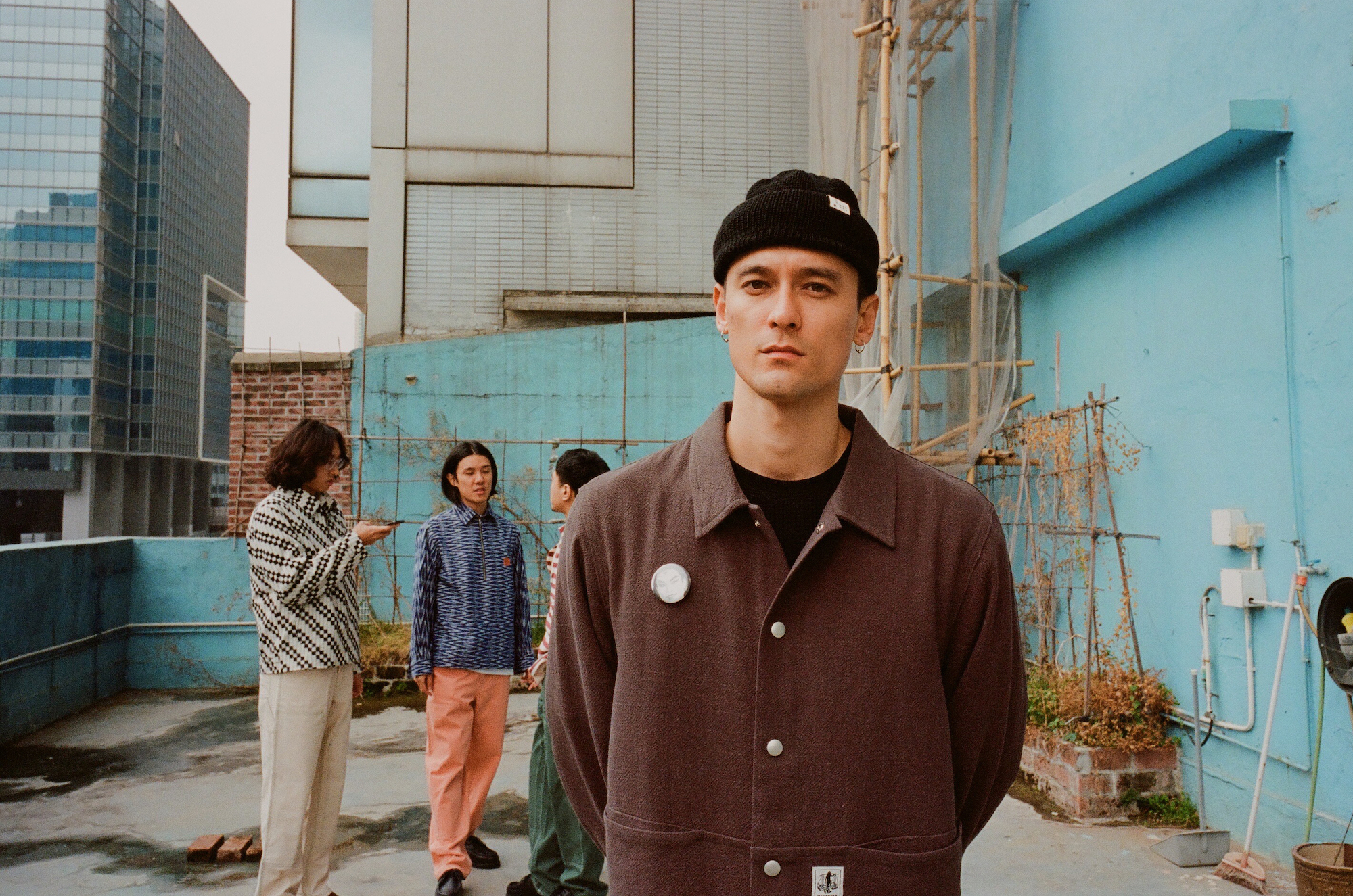
Reflecting on the evolution of your role in music, how do you see your music and career developing in the future?
The music landscape is so wide. DJing is like curating; you put one song in front of another. But if you take the same mentality with putting on events, working with artists to release music on record labels, organizing after parties, or programming a community radio station. It’s all about curating and bringing people together through music in a way that fits organically.
Considering your background and experience in the music industry, how do you view the relationship between music and community building?
Music is a powerful tool to bring people together. Whether we’re in Sweden listening to electronic music or in Dubai, it doesn’t matter if we don’t speak the same language. We’re sharing a moment, enjoying the same rhythm. Music is a key ingredient in community building, and if I can be a conduit for that, then that’s a beautiful thing.
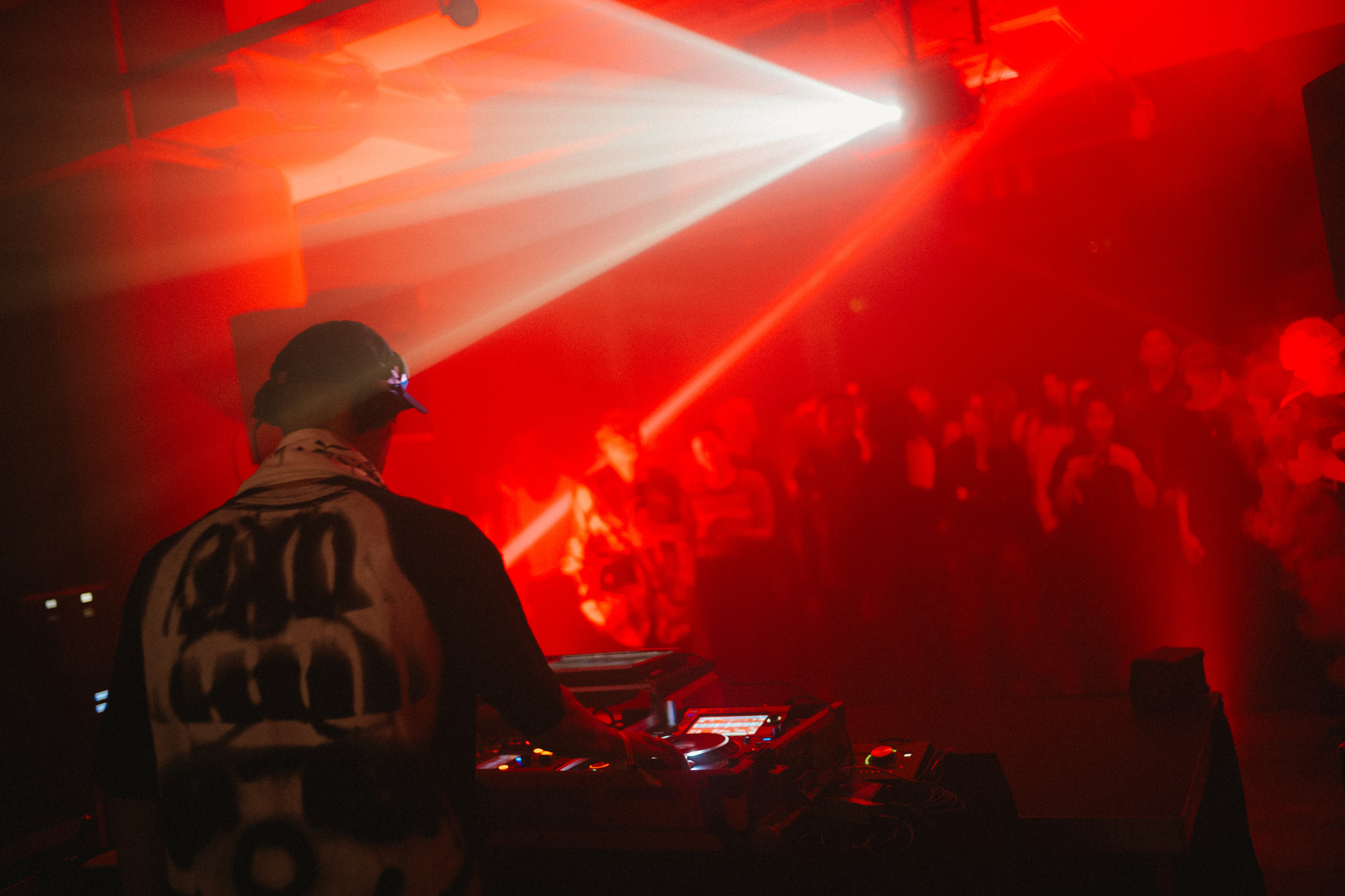
Your experience spans different cultures and music genres. How does this cross-cultural exposure influence your identity as an artist and your approach to creating music?
I’ve been thinking about this recently. Perhaps, it’s all about life design, and these job titles don’t really matter, since we all have a perspective anyway. Whether you’re a DJ, art curator, a shopkeeper or accountant, we all leave the house wearing clothes in the morning, so there’s a decision there. Does that make us stylists? Not really, but it could be, we just haven’t claimed that role because we’d rather spend time on other things of interest, but that doesn’t disregard that there’s a viewpoint being made in that instance. We are whatever we want to be, and the next step is just about sharing that with the world and being confident with the process. Through sharing, some may connect with your ideas and that will cause ripples and hopefully inspire others to do the same; connect, collaborate and continue this creative ecosystem of what they believe in. Always work hard, but never forget to have fun.
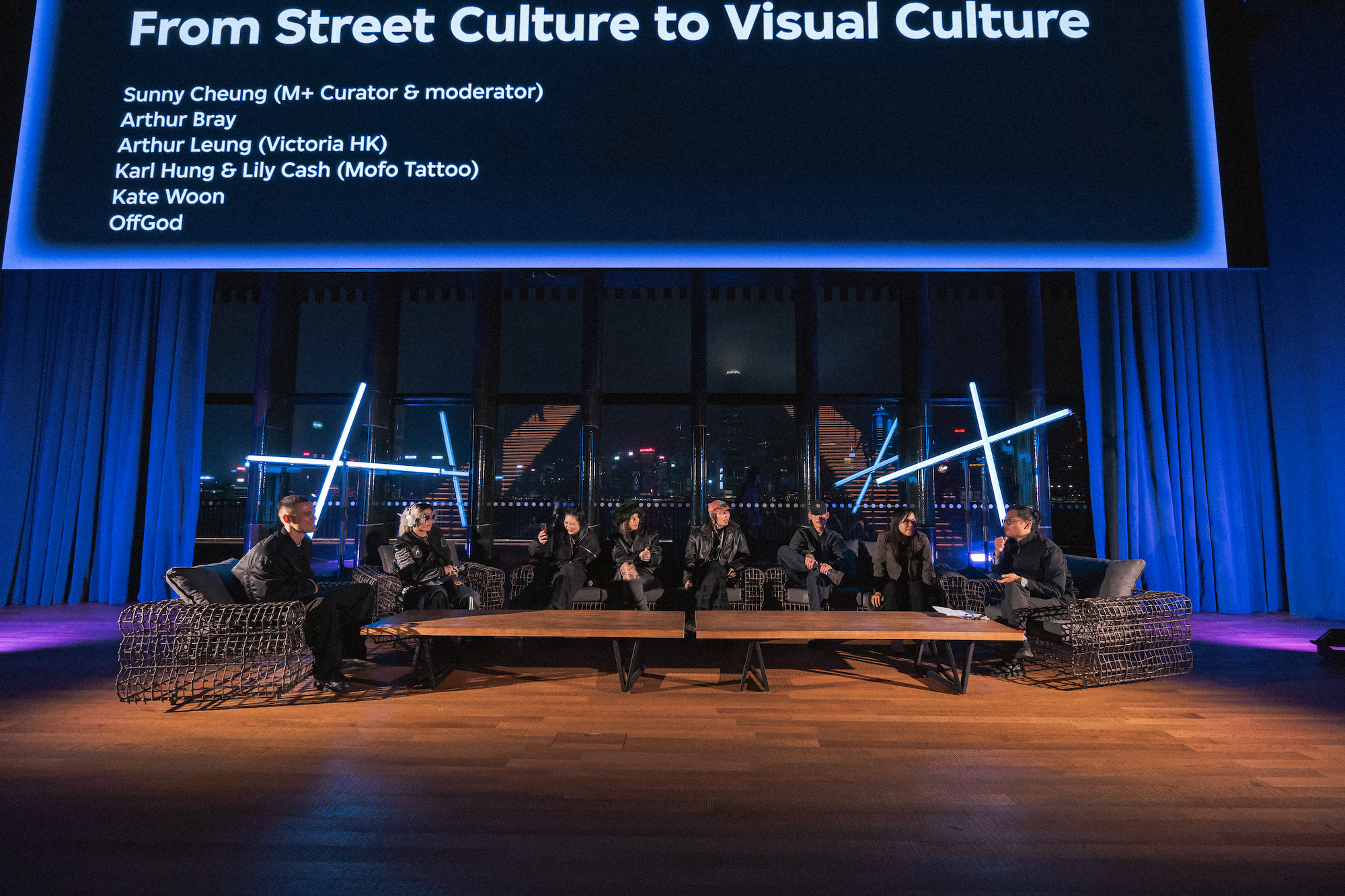
Yeti & Friends M+ Museum Takeover Party
Given your involvement in various projects and collaborations, what has been one of the most exciting projects for you?
The most exciting projects are always on the fringes of culture. For example, having a radio station studio in a luxury mall where we play underground music, or throwing parties in a chicken shop in Chungking Mansion or organizing Hong Kong’s first ever Boiler Room in a former prison. These unexpected combinations, like playing at Coachella or curating a Yeti & Friends takeover at M+ Museum with Hong Kong punk bands and Cantonese rappers, are what excite me the most. It’s about bringing different worlds together and finding gratification in that. Most recently, we worked with talented Hong Kong street artist Lousy on a collaboration titled “Primal Funk” on a capsule collection which continued his work “Lousy Playground” that debuted at M+ Museum for our Yeti & Friends showcase. Its awesome working with friends and making ideas come to life through products and experiences.
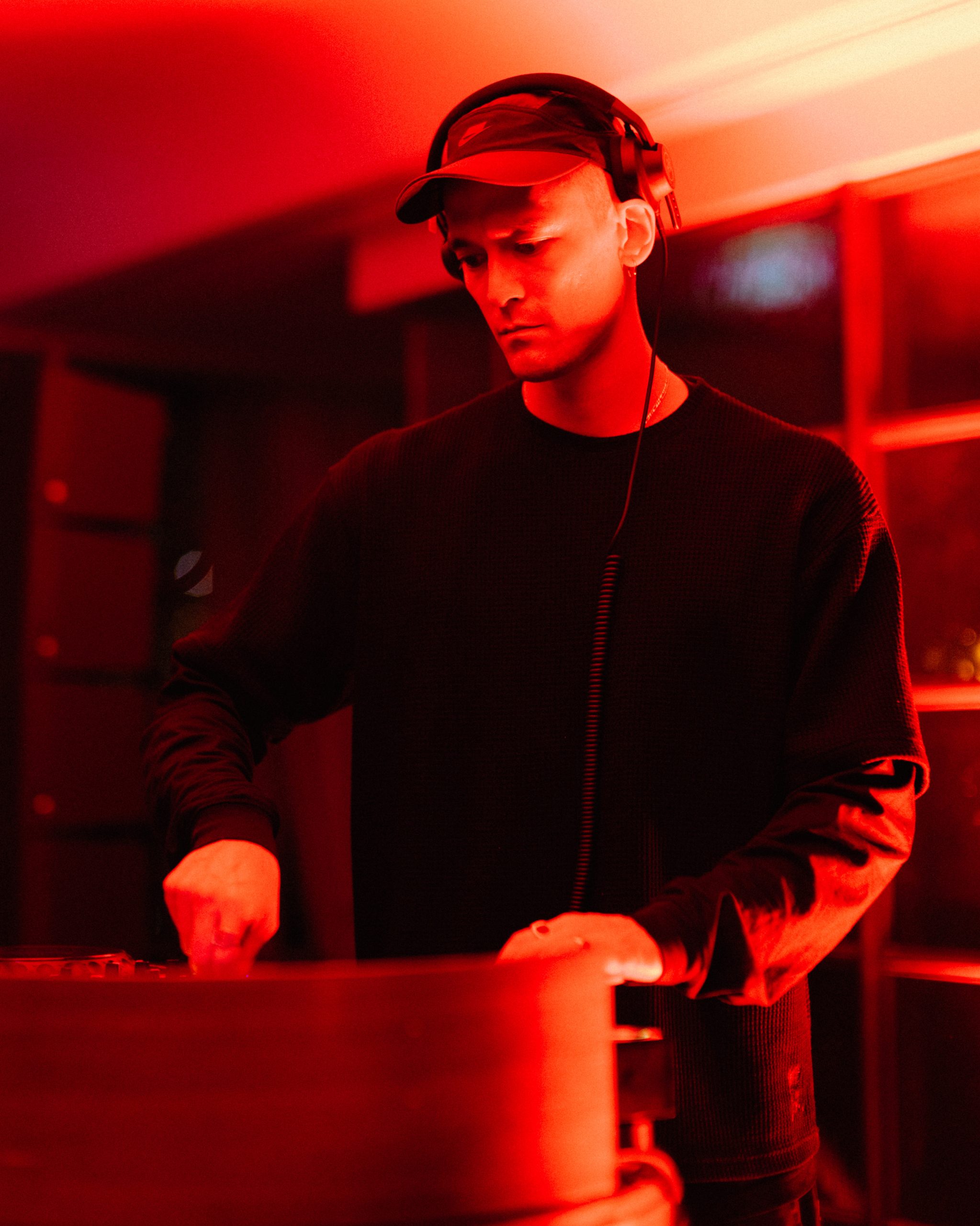
Lastly, how can people stay in touch with you and listen to your music? Which platform do you recommend?
We have a monthly show on NTS Radio alongside FM BELOWGROUND – the community radio station we co-founded. Stay tuned to our movements across Instagram, SoundCloud and Bandcamp where our record label Silk Road Sounds continue to release music driven by nocturnal energy from afterhours across Asia; post-punk, techno, rap & so on!
Hong Kong-based selector, A&R and culture writer Arthur Yeti is the co-founder of pan-Asia music collective Yeti Out which cut its teeth promoting parties in East London before relocating to Asia to build upon the region’s underground music scene. The euphoria of late nights and early mornings are transformed into graphic-heavy artwork and audio tapes akin to the crew’s resident sets on NTS radio & RINSE FM, alongside the Hong Kong community radio station which Arthur co-founded FM BELOWGROUND, while the artists signed to Yeti Out’s record label Silk Road Sounds is a reflection of youth movements that shape creative culture in cities that never sleep, connecting the fringes of electronica with post-punk and experimental dance music; styles that steep into Arthur Yeti’s sets for headline festivals like Coachella, Wonderfuit, Clockenflap, Off-Sonar parties & Asian underground dance haunts like Mihn, All, OIL, Savage, Cakeshop & WOMB.




